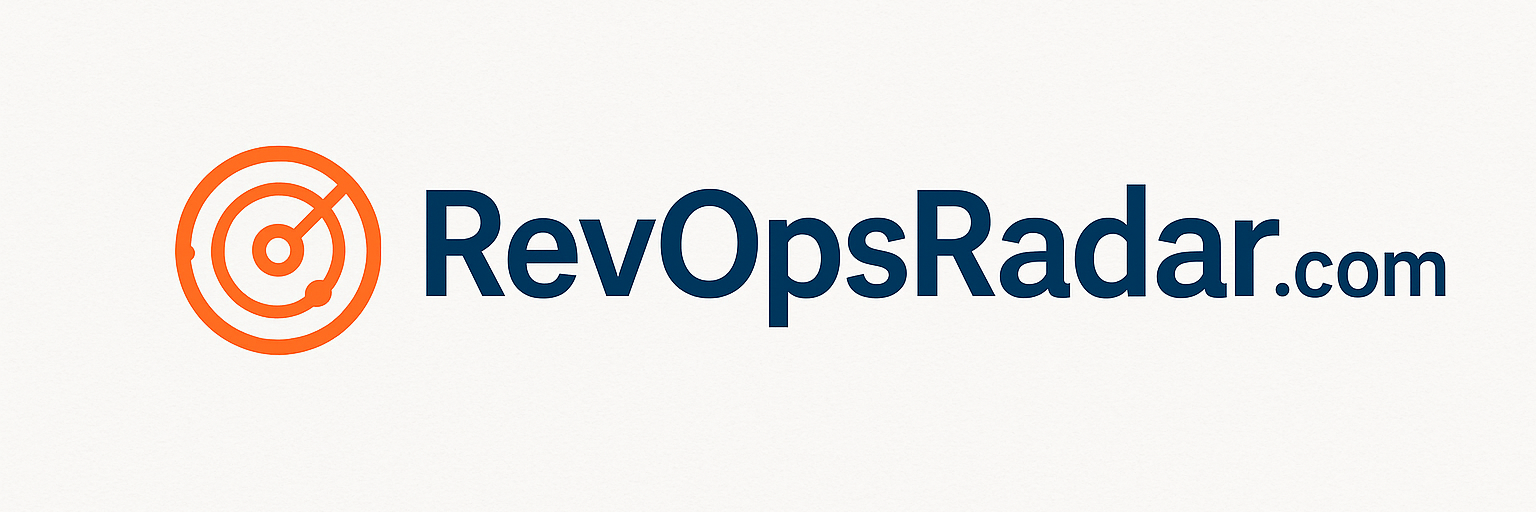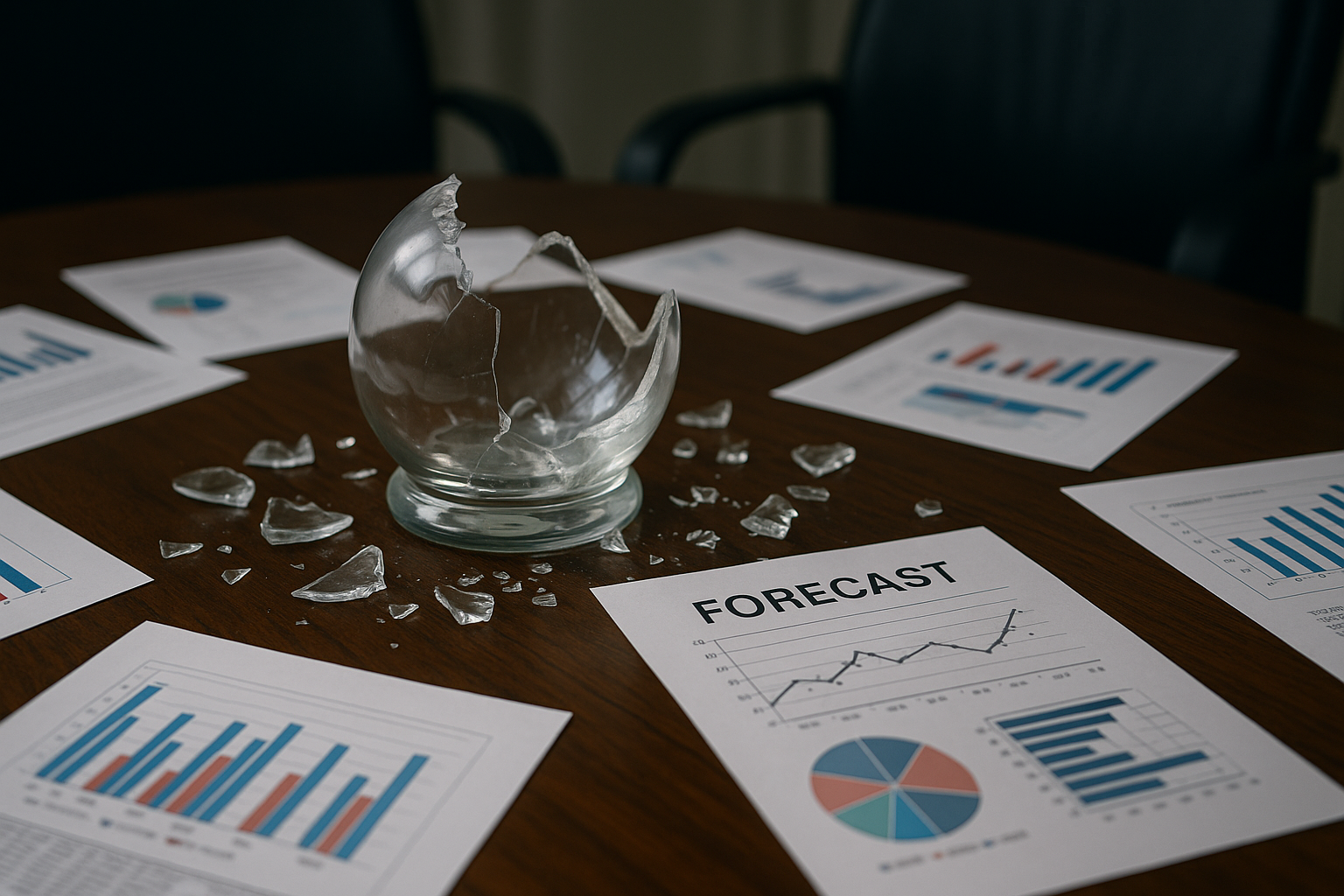Why Your Forecast Will Always Be Wrong — and Why That’s Not the Problem
Forecasting in B2B SaaS has become something of a religious practice. Every quarter, teams gather around their dashboards like ancient priests reading goat entrails. They tweak probabilities, argue over stage progression, and pray to the Salesforce gods that this time… the forecast will be right.
It won’t be.
And that’s not a failure — it’s the nature of the game.
The Dirty Secret: Forecasting is a Guess with Better Branding
Let’s stop pretending. Forecasts aren’t prophecies. They’re narratives — educated guesses built on incomplete information, biased assumptions, and a stack of variables that don’t always play nice.
A forecast is a guess — dressed up in math, pretending to be science.
It looks official. It sounds precise. It lives in a dashboard with decimal points and color coding. But behind all that polish is a judgment call, made under pressure, influenced by bias, noise, and gut feel.
Forecasting isn’t about being right. It’s about being ready.
Why Chasing Forecast Accuracy is a Fool’s Game
You can dial in your conversion rates. You can run Monte Carlo simulations. You can implement AI-powered tools that “learn from your past.” But here’s the brutal truth:
The more you chase precision, the more you lose the plot.
Forecasts become vanity metrics. Managers twist knobs to hit the number. Reps learn how to game commit calls. Pretty soon, you’re reporting fiction to finance and calling it strategy.
Meanwhile, the market doesn’t care about your 92.7% weighted prediction. A competitor launches a promo. A key deal stalls. A procurement team ghosts you.
And suddenly, your “accurate” forecast is Swiss cheese.
Forecasting as Risk Management, Not Fortune-Telling
Here’s the shift that changed how I forecast forever:
Stop trying to be right. Start trying to be prepared.
Your forecast should highlight uncertainty, not hide it. It should surface risk, not suppress it. It’s not a tool for impressing the board — it’s a tool for making decisions under pressure.
What’s our exposure if churn spikes?
Where’s the bottleneck if deals slip?
Do we have enough pipeline coverage to survive a bad month?
That’s the real power of forecasting — scenario readiness.
Forecast Like a Strategist, Not a Psychic
Great forecasters don’t just report numbers. They tell stories.
- Base Case – What we think will happen
- Best Case – If everything breaks our way
- Worst Case – If the wheels come off
And then they layer in reality: rep behavior, macro headwinds, product readiness, buyer delays, partner noise. They focus less on pinpoint accuracy and more on what the business needs to know right now.
Forecasting isn’t a math test. It’s chess in a wind tunnel.
You adjust constantly. You stay aware. You prepare moves ahead.
The Takeaway: Embrace the Chaos
Want a better forecast? Let go of the illusion of control.
Build a system that rewards truth over optimism.
Treat your pipeline like a living organism, not a spreadsheet.
And above all, stop demanding precision from a process designed to be directional.
Your forecast will always be wrong.
But if you do it right, you’ll never be surprised.

